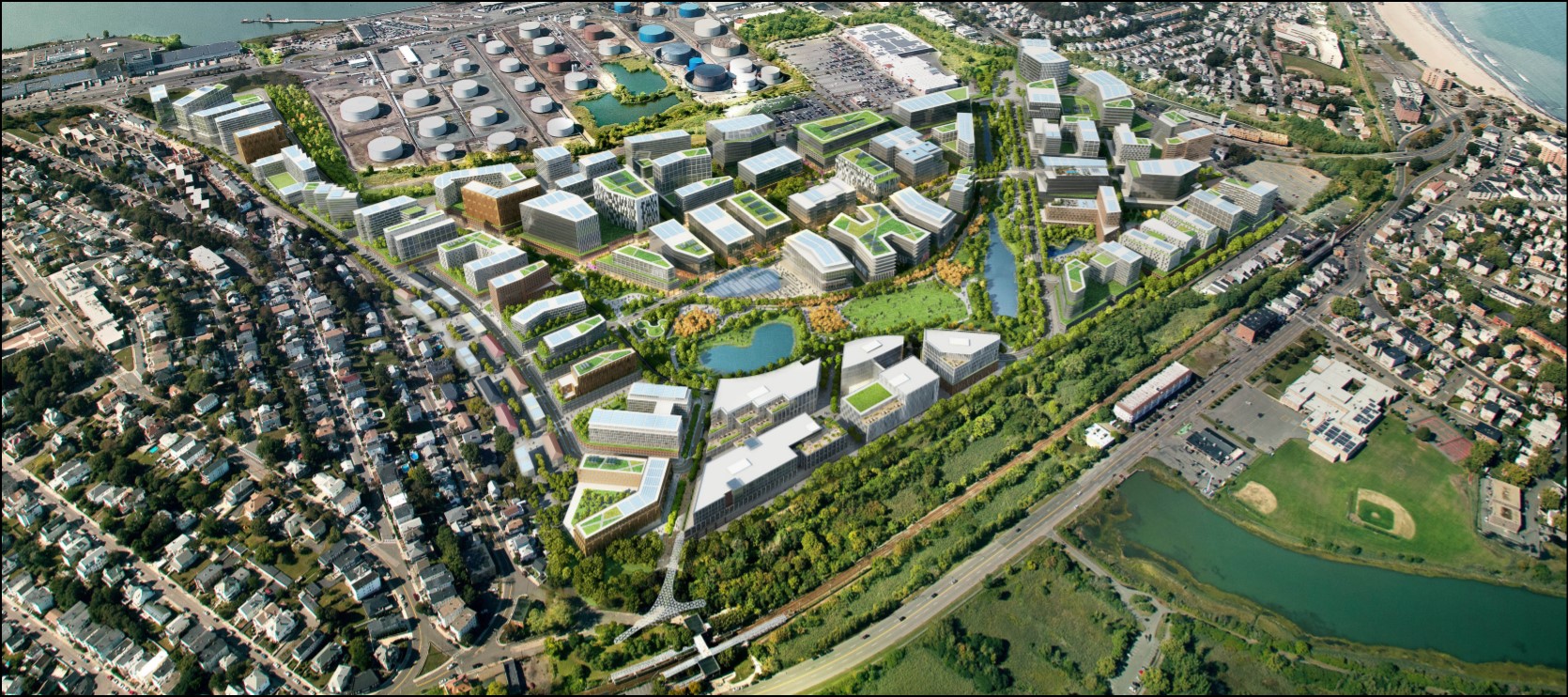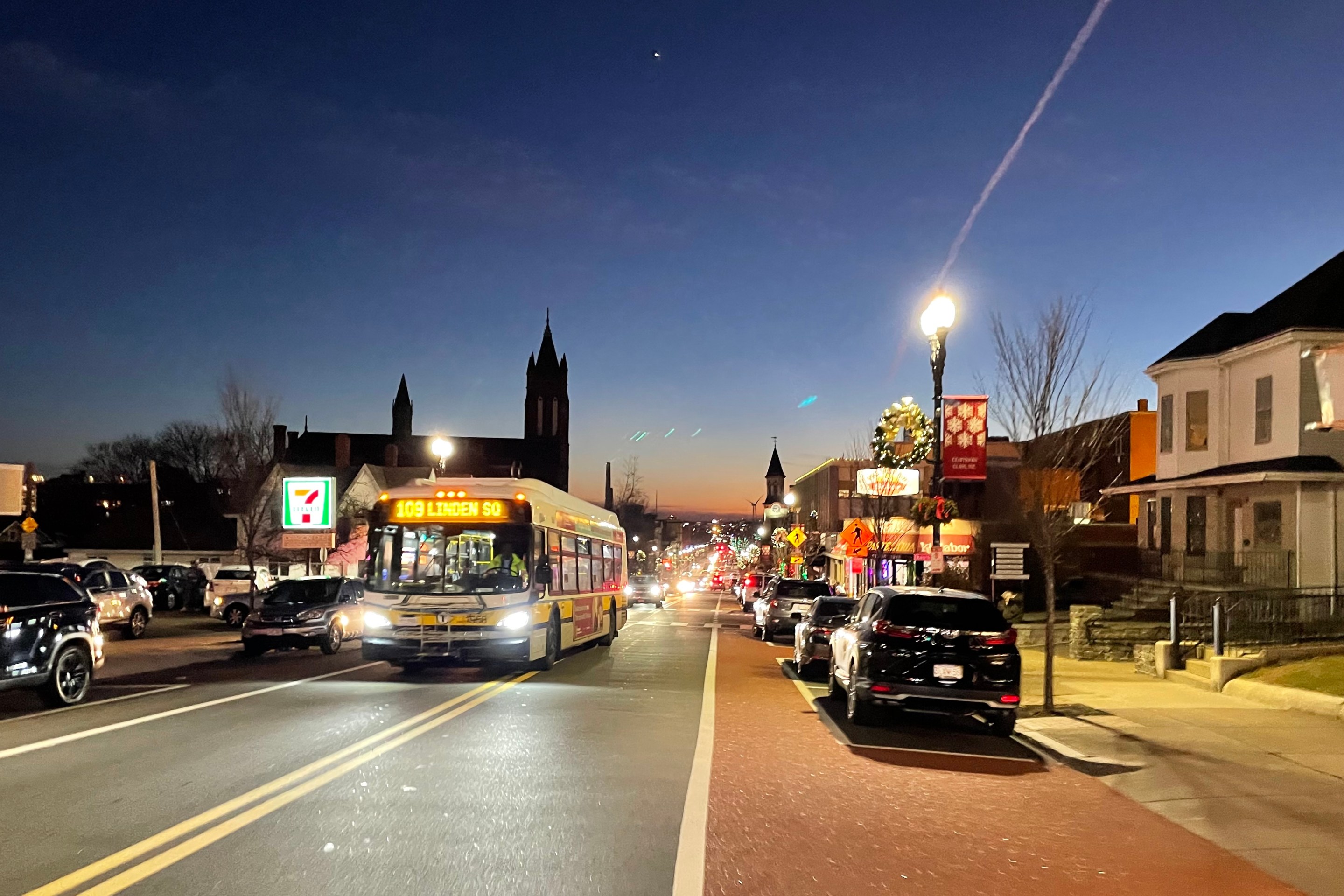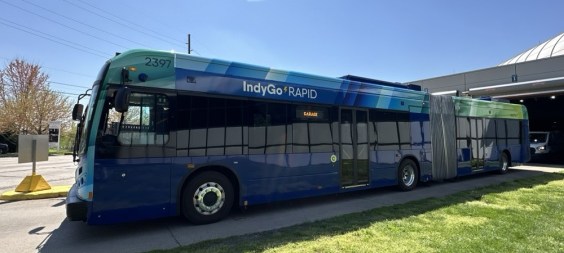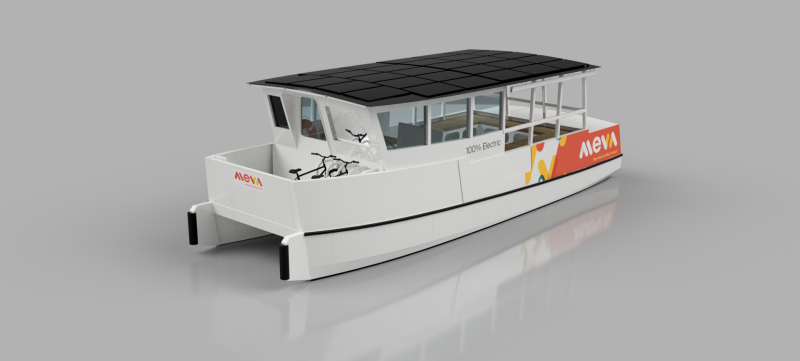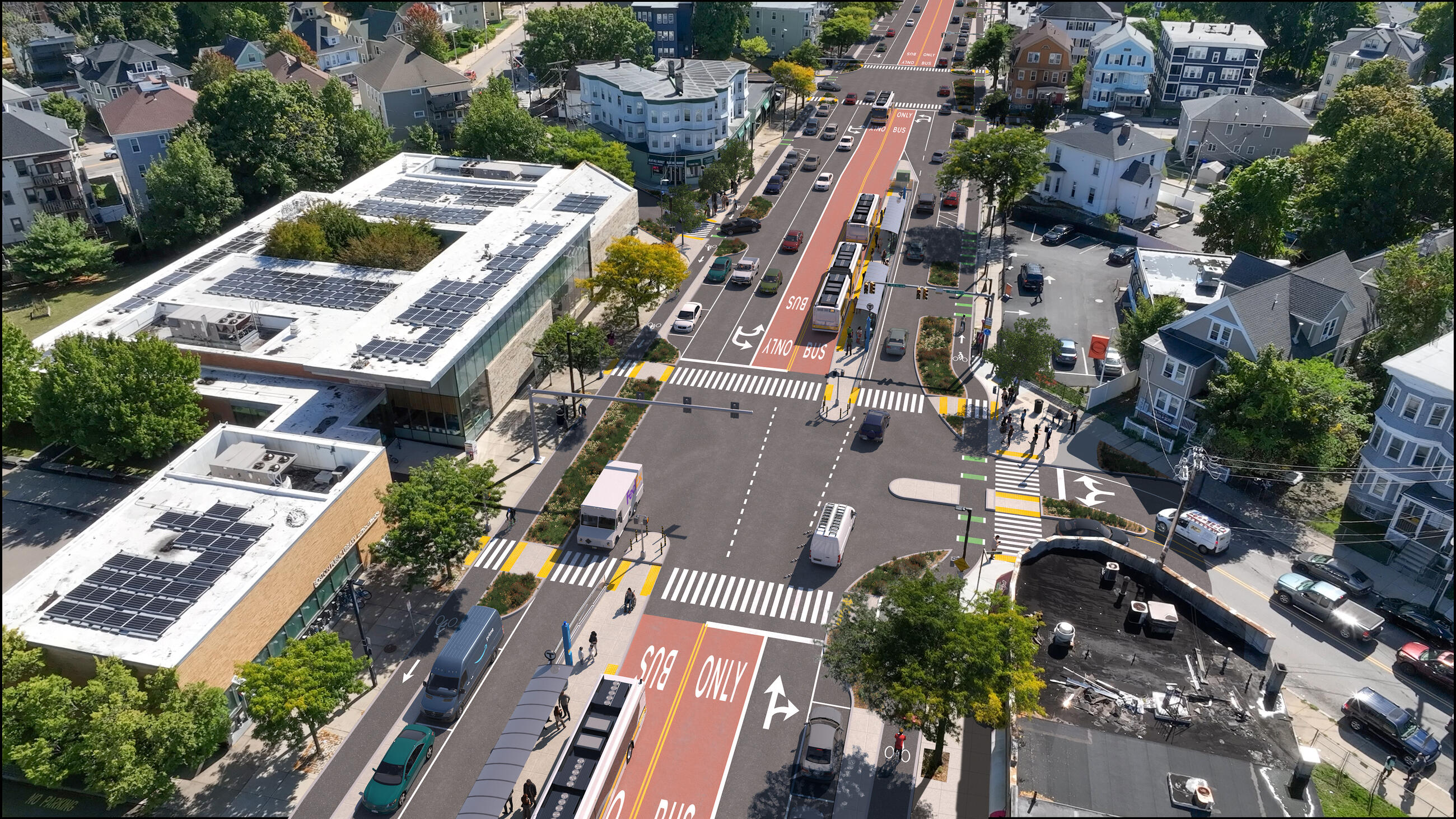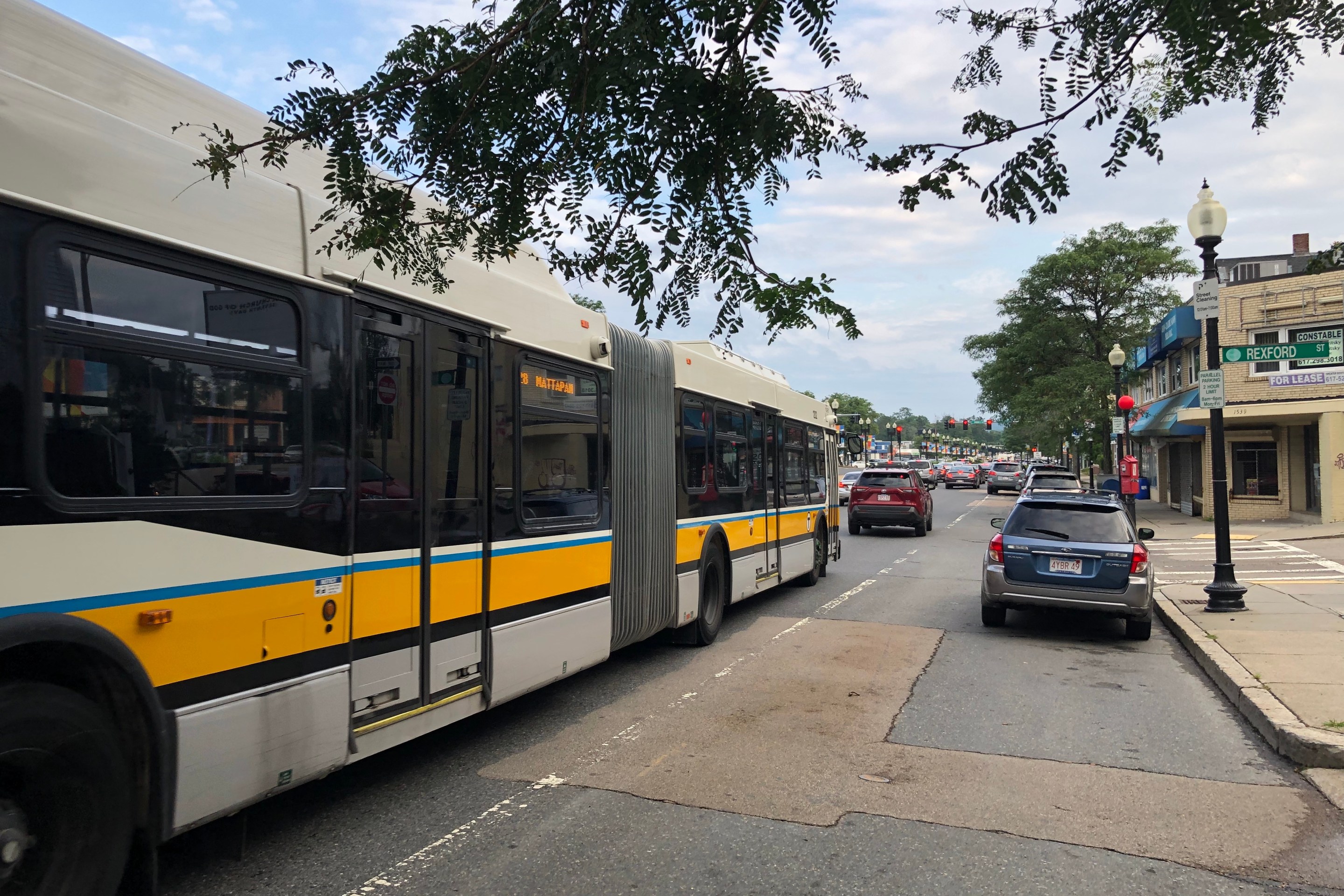The board of the Boston Planning and Development Agency (BPDA) voted Thursday evening to approve a massive development of Suffolk Downs, a former horse racetrack that straddles the Boston-Revere border adjacent to two Blue Line stations.
As reported previously, the developers are touting the proposal as a “transit-oriented” neighborhood that will bring thousands of new homes and jobs within walking distance of the Blue Line, but their plans would also bring thousands of additional motor vehicles into East Boston with the construction of up to 6,760 new parking spaces.
That amount of parking reflects a ratio of up to 0.75 spaces per new apartment, plus one space per 1,000 square feet of office and lab space. Those ratios are lower than in most BPDA-approved projects, but they also suggest a level of car use that East Boston's limited roadways may not be able to handle.
However, the master plan has been edited to acknowledge the City of Boston's climate goals, which call for reducing car traffic by half in the next decade by increasing the share of citywide trips made by foot, bike, or transit.
The developers would be required to help the city meet those goals through new "Transportation Access Plan Agreements" at each phase of the project's development. These transportation agreements "shall require the Proponent to propose mode share goals for the Master Project that are based on the Go Boston 2030 Mode Share Goals and agreed upon by BTD (the Boston Transportation Department)," according to the project's master plan document.
In theory, those agreements should hold the developers accountable to limiting the number of vehicle trips generated in each phase of the development. Those limits have also been reduced significantly from earlier versions of the plan: a January draft of the master plan agreement forecasted 114,780 new motor vehicle trips every day, but the most recent draft reduces that figure to 72,316 trips:

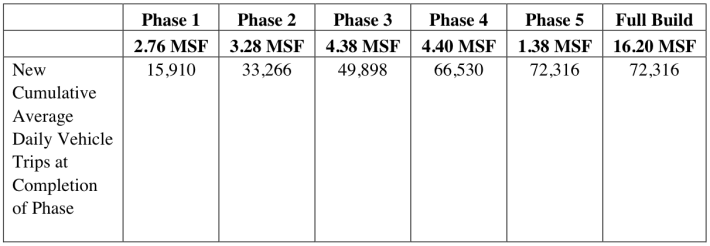
While the BPDA has approved overall master plan, more detailed approvals would also be required for each phase of development, and a detailed transportation plan, negotiated with the BTD and the BPDA, will be required within the next six months.
At Thursday's public hearing, public commenters were overwhelmingly concerned with the project's provisions for affordable housing. Developers have pledged to build 10,000 homes in the project, including 930 that will be affordable to low- and middle-income households.
That would make the project one of the largest new sources of affordable homes in the city – but there's also concern that the remaining 9,000 high-rent homes will turn the neighborhood into a high-income enclave, segregated from surrounding working-class neighborhoods.
City Councilor Lydia Edwards, who represents East Boston, posted a Twitter thread on Thursday evening reminding her constituents that there are still opportunities to improve the plan.
"The commitments being voted on tonight are floors, not ceilings. I have faith that the community will continue to be engaged on Suffolk Downs for 20 years and beyond," wrote Edwards.
